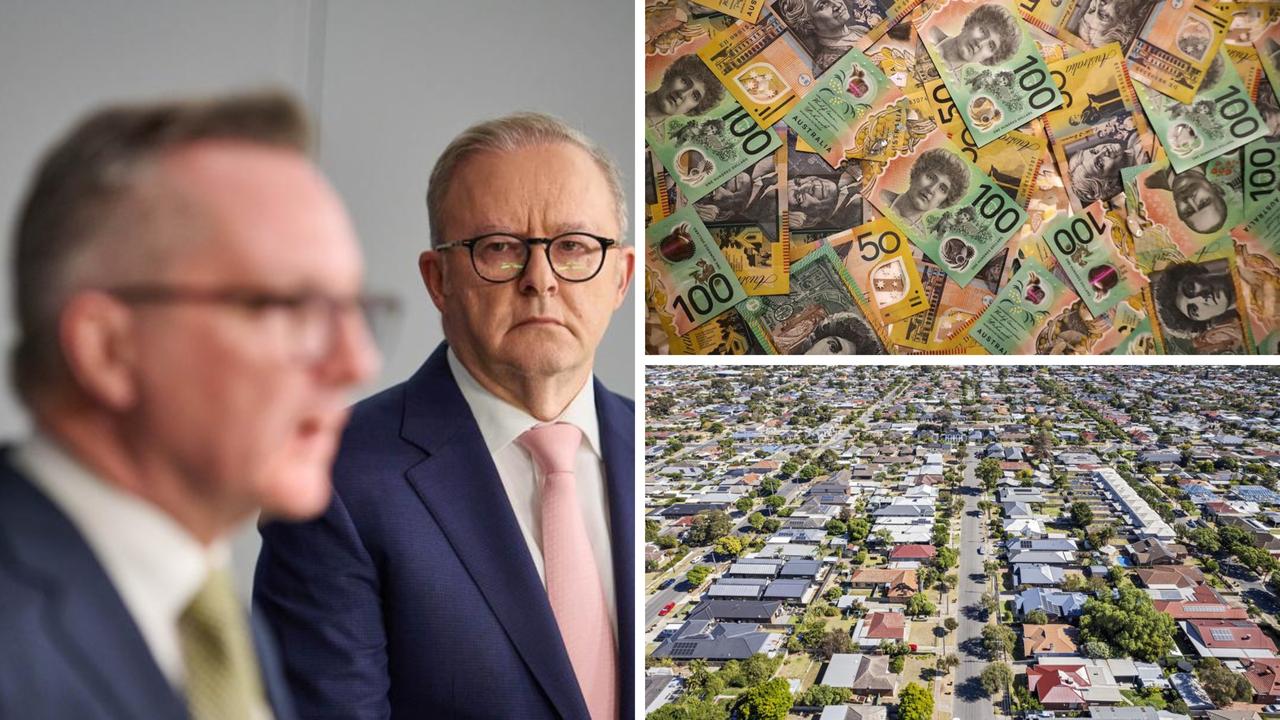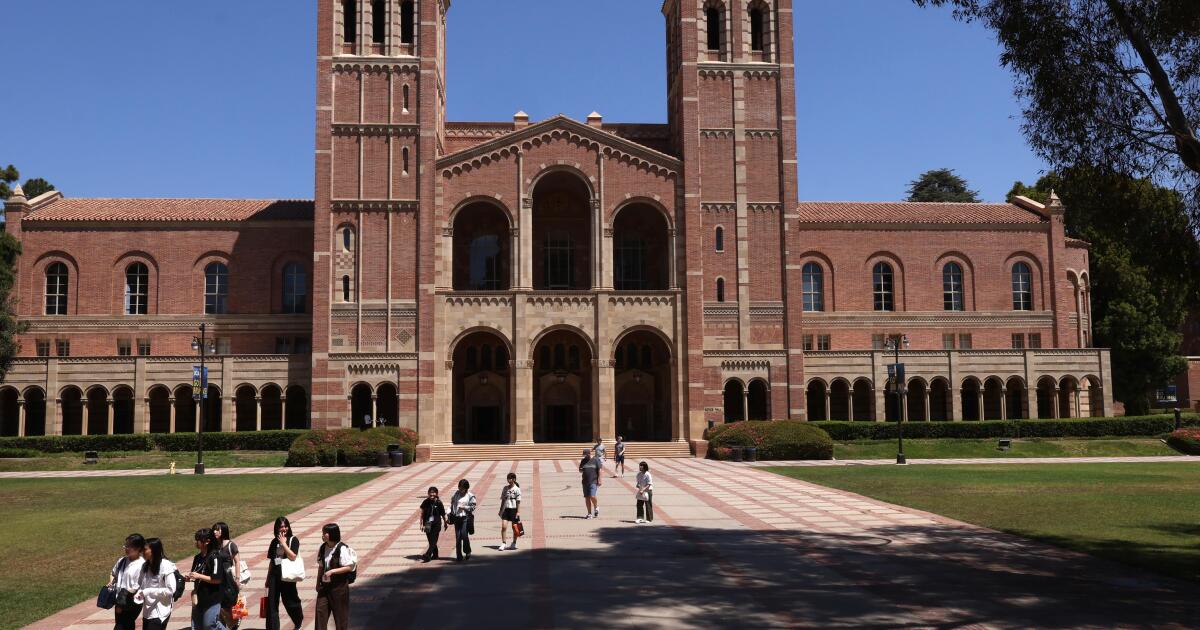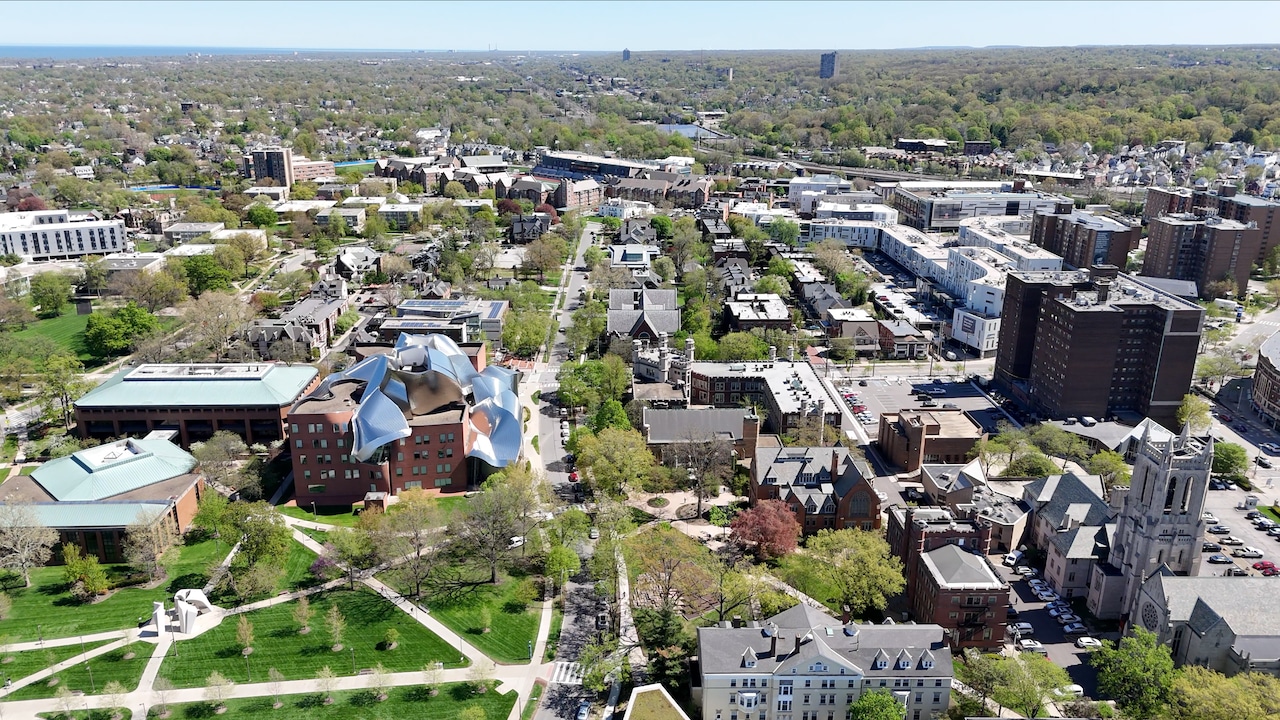By Samantha Maiden
Copyright news

Modelling by the Australian Energy Market Commission on the potential impact of emissions reductions was included in a document released on Thursday by the Climate Change Authority.
It predicted a 20 per cent reduction in household energy prices within the decade, or $1000 annually with the prediction based on a co-ordinated renewable energy rollout.
It even suggested some families that embraced electrification could cut costs by up to 70 per cent.
But grilled on whether that was guaranteed, the Climate Change Minister said on Friday that it wasn’t guaranteed.
“That’s not a political promise. It’s a statement of modelling by an expert agency,” Mr Bowen said.
A cautious Prime Minister Anthony Albanese has also refused to back the dollar figure himself after getting stung by price predictions in the past.
The bold prediction on power bills is contained in the Climate Change Authority’s 2035 target advice.
“Expert analysis by the Australian Energy Market Commission projects residential electricity prices will fall by 13 per cent (about 5c/kWh) and average household energy costs will fall by about 20 per cent (around $1,000/year) over the next decade under a co-ordinated renewables rollout,” the advice states.
“Households that fully electrify (by transitioning to electric transportation, appliances, heating, and integrating solar and battery storage) could potentially cut energy costs by as much as 70 per cent (AEMC, 2024).
“As well as saving money, the decarbonisation and growth of electricity production is a necessary precondition for the decarbonisation of other sectors.”
‘Absolute nonsense’
Speaking on 2SM radio, Liberal frontbencher Angus Taylor said the power price cut predictions were “absolute utter nonsense”.
“Look, the starting point here is emissions have barely moved since Labor came to power,” he said.
“They’re not on track to get to their 43 per cent reduction by 2030, and now they’re adding in this massive target of up to 70 per cent reduction just five years later; and it’s completely unrealistic and unless they put a wrecking ball through the economy, and when you read the report, you see they are planning for a whole series of, what are effectively carbon taxes through the economy.
“The truth is they’ll do it in a whole lot of sneaky ways.
“They’ll have nice names for them: Vehicle Emission Standards, the Safeguard, but they’re just big costs being applied to our manufacturing, to our transport, to our cars, to our electricity, to the agriculture sector, and they will do this bit by bit by bit over the next couple of years.
“And they know it’s nonsense and the idea that they’re going to bring electricity prices down, seriously, this is Chris Bowen who promised this $275 reduction and all we’ve seen is them going up. I mean, absolute utter nonsense.”
Sussan Ley stumbles on targets
As the government was under fire from critics that the plan did not go far enough, Liberal leader Sussan Ley has also stumbled over where the Coalition is heading on the issue.
“We don’t believe in setting targets at all from opposition or from government, because the reality is that energy policy is not about a target that is never going to be reached,” she said at a press conference on Friday.
She also failed to offer a clear answer on whether a future Coalition government would dump the Paris Agreement on climate change.
Within minutes of the press conference concluding, Ms Ley’s office issued a clarification on her statement that clarified a future Coalition government would not completely abandon targets.
“We don’t support setting targets in opposition,” she said. “We do, of course, recognise the importance of targets in government when we have the full information in front of us, which we don’t have.”
The Paris Agreement is a legally binding international treaty, adopted in 2015 by nearly 200 countries, to strengthen the global response to climate change.
Its central goal is to limit global temperature increases to well below 2°C above pre-industrial levels, with an aim to limit the increase to 1.5°C.
The updated 2035 target puts Australia on track to achieve net zero emissions by 2050 and is designed to provide an updated road map to the Paris Agreement that was signed ten years ago.
Albo pushes ahead with new target
Amid a bitter split in Coalition ranks over whether or not it should abandon the net zero target by 2050, the Albanese Government is forging ahead with a new midterm target.
“Our government knows that climate change is real and we want to continue to seize the economic opportunity that the energy transition offers our nation,” Mr Albanese said.
“We act in the national interest of Australia and that is why we are acting on the advice of the climate change authority and today I am announcing, based on their advice, a 2035 emissions target be 62 to 70 per cent.
“This is a responsible target, backed by science, backed by a practical plan to get there and built on proven technology.
“Setting a 2035 target is a compulsory part of Australia’s commitment to the Paris agreement to keep temperatures from rising to dangerous levels.”
An ‘extra $36,000 per person wealthier’
Treasurer Jim Chalmers insisted that an orderly transition to net zero was “a golden economic opportunity for Australia” which could improve living standards.
“This is a huge economic opportunity for our country and its people and we would be mad not to grasp it,” Mr Chalmers said.
“The Treasury modelling qualifies the nature and magnitude of this economic opportunity and it compares that with two realistic alternatives as well.”
Mr Chalmers said the Treasury had modelled a number of scenarios to stress test the best target.
“We asked the Treasury to model a 65 per cent target because we needed the time to put that modelling together and we wanted to make sure it was within the draft range that the Climate Change Authority was consulted on,” he said.
“So we asked them to model 65 per cent (reduction by 2035) which was obviously within the target that we are announcing today and we asked them for three scenarios.
“The baseline scenario would see our economy $2.2 trillion bigger by 2050 and an extra $36,000 per person wealthier, 5.1 million jobs and investment up 80 per cent.
“We also asked for an upside scenario which is a scenario where we make the most of the tremendous export opportunities presented by the global shift to net zero and, again, the economy would be much bigger under that scenario and there would be $68 billion more in sustainable exports as a consequence.
“We also asked the Treasury to model the disorderly transition, the alternative. If we leave the heavy lifting to others at the start of the 2040s and where our country and economy would need to scramble to hit net zero by 2050 and in the disorderly transition the economy would be a cumulatively $1.2 trillion smaller.”
Welfare group slams target
But not everyone is a fan of the new target range announced by the Albanese Government.
Welfare lobby group the Australian Council of Social Services said the 2035 emissions reduction target of 62-70 per cent was “a failure of leadership that will expose Australia’s most vulnerable communities to escalating climate risks”.
“ACOSS and the community sector called for a science-based and fair share emissions reduction target of net zero (100 per cent) by 2035, 75 per cent would have been an absolute minimum,” ACOSS CEO Dr Cassandra Goldie said.
“The weak target announced today by the Albanese Government falls dangerously short of what the science requires and what is possible.
“Without greater action, we will face more heatwaves, more floods, a higher cost of living, and deeper inequality.”
How it compares to other nations
The 2035 target was widely expected to be more ambitious than Canada and New Zealand allies, but below the United Kingdom’s, which is one of the most ambitious in the world.
Some states in Australia have already moved to legislate a 2035 target, with the NSW government settling on 70 per cent, and the Queensland government aiming for an ambitious 75 per cent target.
Canada is aiming for a 45 to 50 per cent reduction in emissions and New Zealand is aiming for a 51 to 55 per cent reduction.
By comparison, the United Kingdom has opted for a highly ambitious 81 per cent target compared to levels in 1990.
Confirmation of the new target comes ahead of UN talks in New York next week, where other world leaders will also gather to confirm their 2035 targets at a meeting of the United Nations General Assembly.
The commitment follows the release of the ‘doomsday’ predictions in the National Climate Risk Assessment of rising deaths from heat-related events in coming years including floods, bushfires and cyclones.



